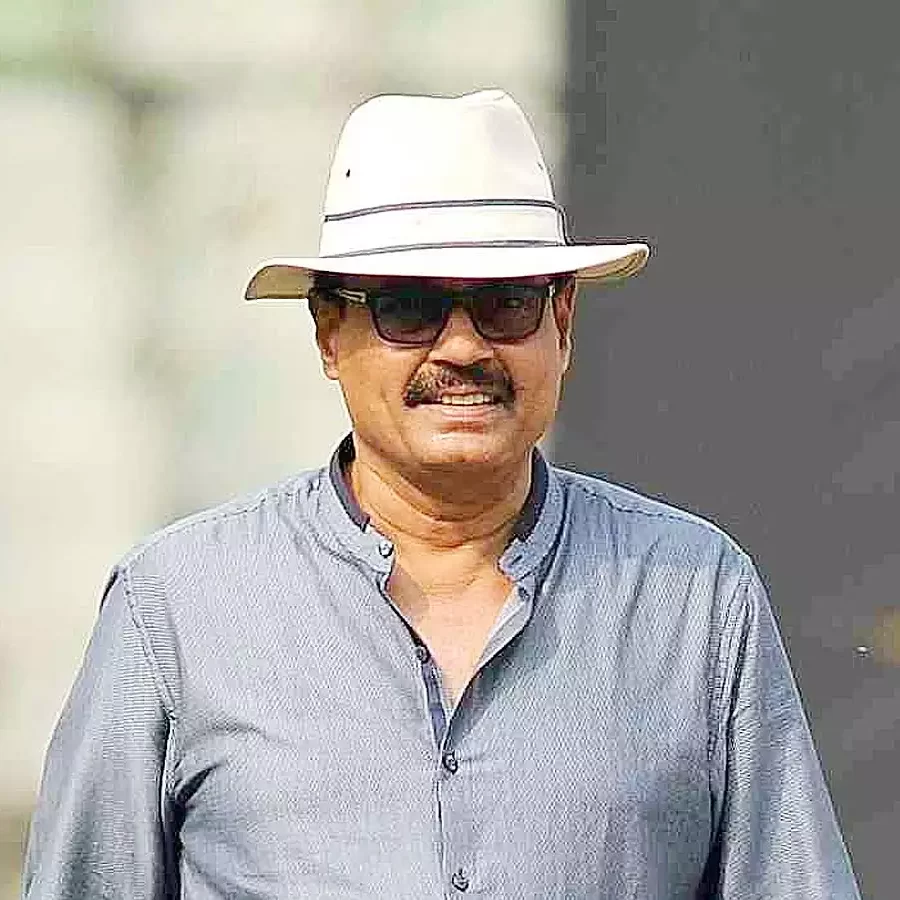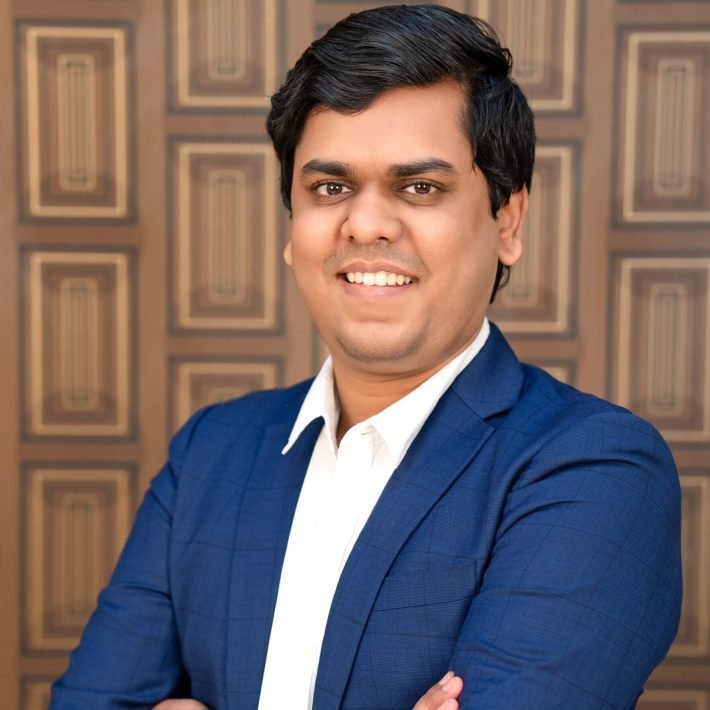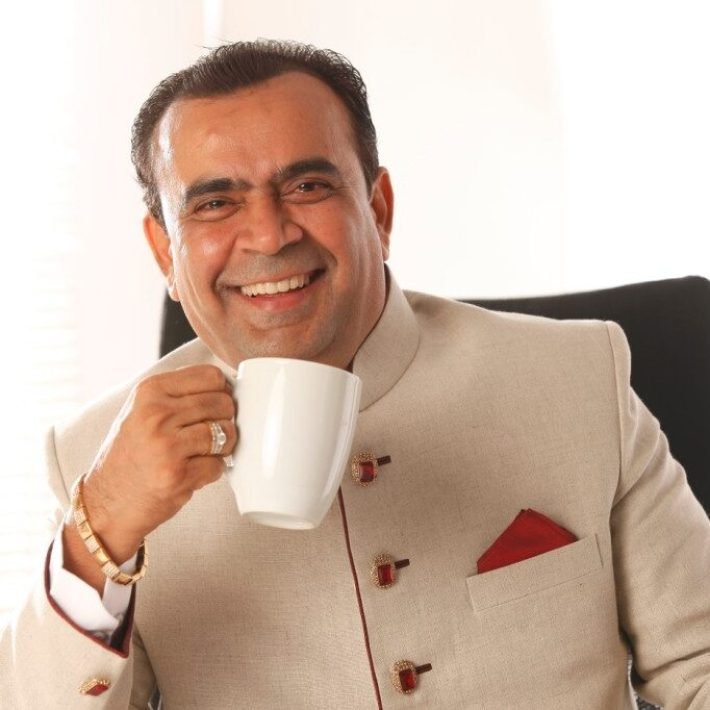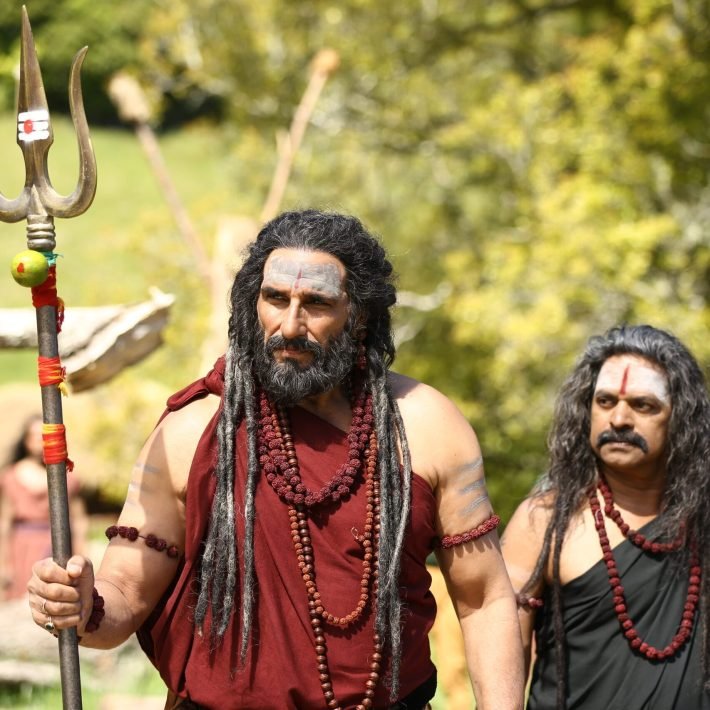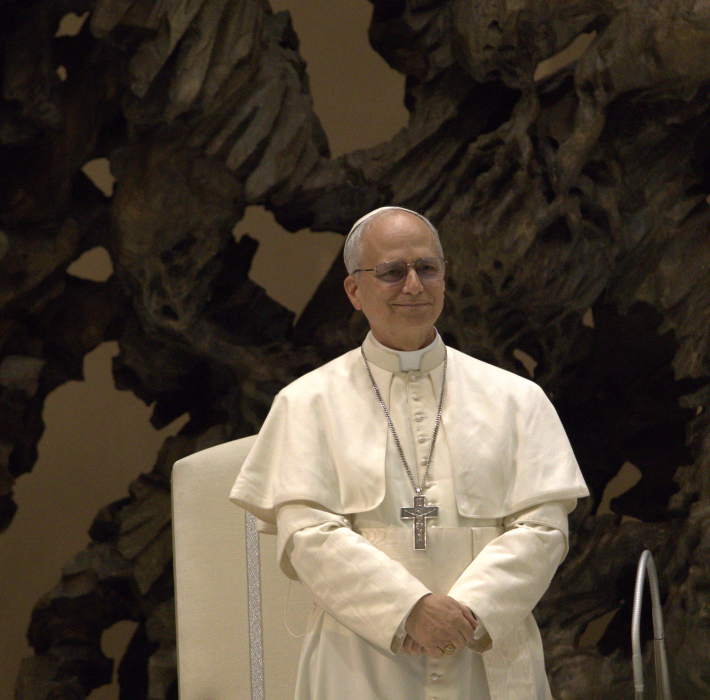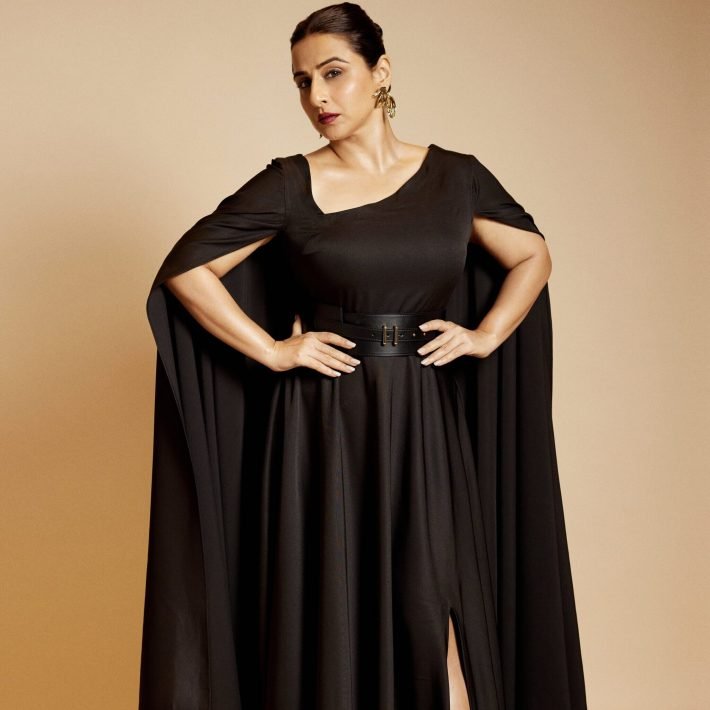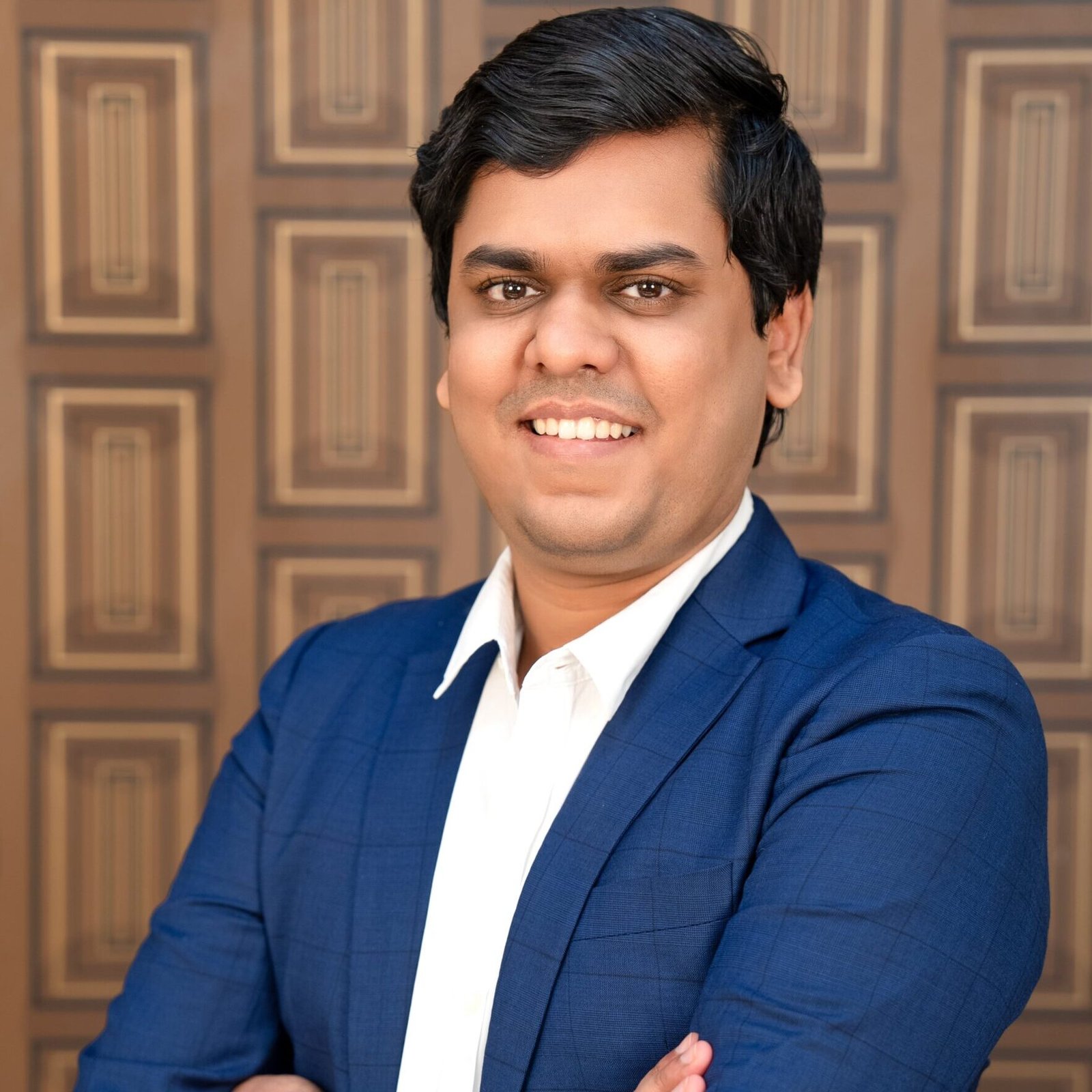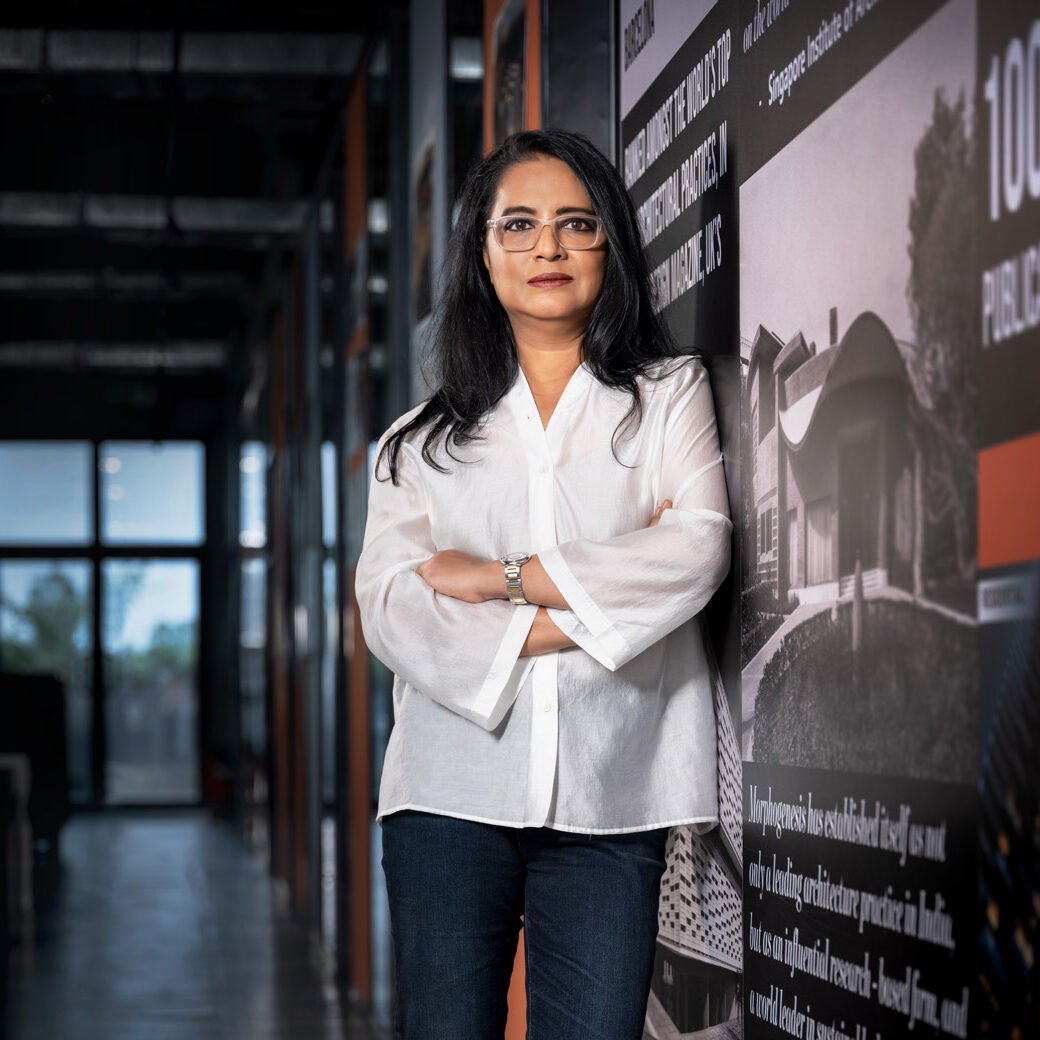Cricketing legend Dilip Vengsarkar is a master strokeplayer – on and off the field! Read on to find out why…
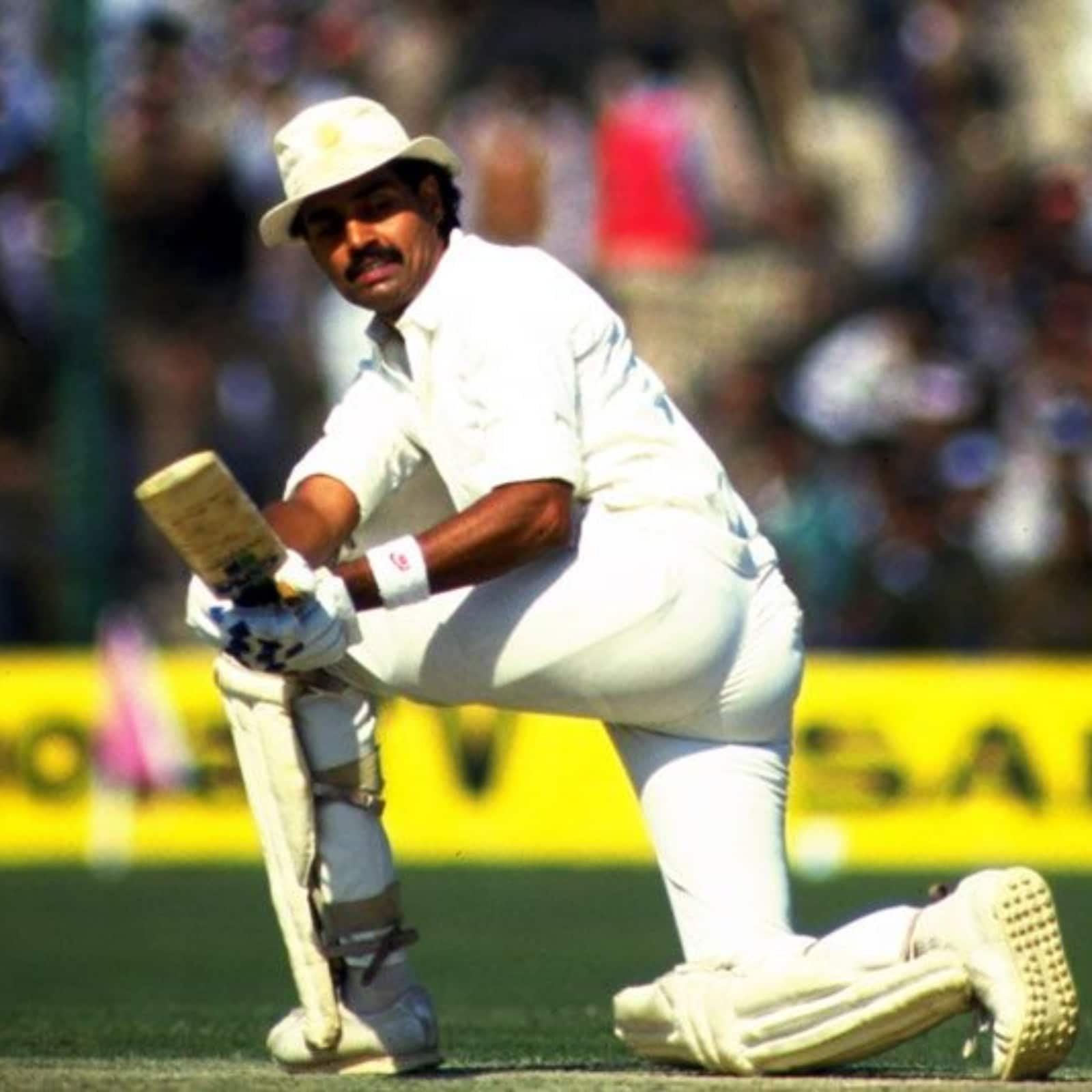
By Andrea CostaBir
Bursting onto the domestic cricket scene as a talented teenager, Vengsarkar was soon welcomed into the Indian cricket team. But his fortunes truly changed when the Indian team toured Australia in 1977-78. Here, Vengsarkar got the platform to showcase his skills and establish himself in the team, and then for the next decade-and-a-half, he remained a batting heavyweight in the Indian cricket team.
Between 1986 to 1988, he scored eight hundreds in 16 Tests. Incidentally, the highlight of Vengsarkar’s playing career is being the first to score three hundreds against England at Lord’s. From the significant position of being the Indian team’s No. 3 in the batting lineup, he crafted several success stories of India’s batting. At the peak of his career, he was rated the best batsman in the world. His masterful innings that included captaining the Indian cricket team, ensured that he was awarded the Arjuna Award in 1981, and the Padma Shri honour in 1987 by the Indian Government.
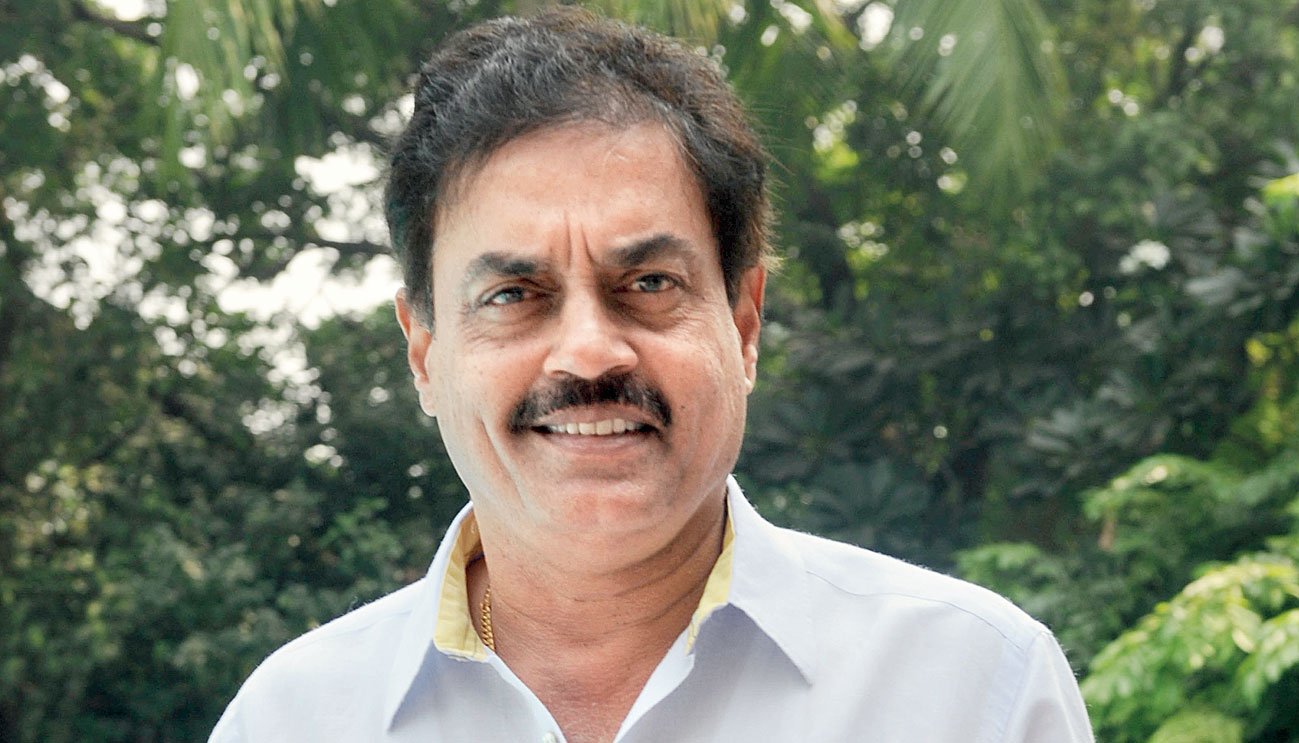
Once he retired from playing in 1992, he started cricket academies to develop budding cricketers. He was made the Chairman of the Talent Resource Development Wing (TRDW) when it was created in 2002. In 2003, he became the Vice-President of the Mumbai Cricket Association, and went on to become the Chairman of Selectors for the BCCI.
“Those cricketers who played in the ‘60s and ‘70s didn’t make much money. But BCCI has started a pension scheme for retired cricketers, and benefit matches for them too.”
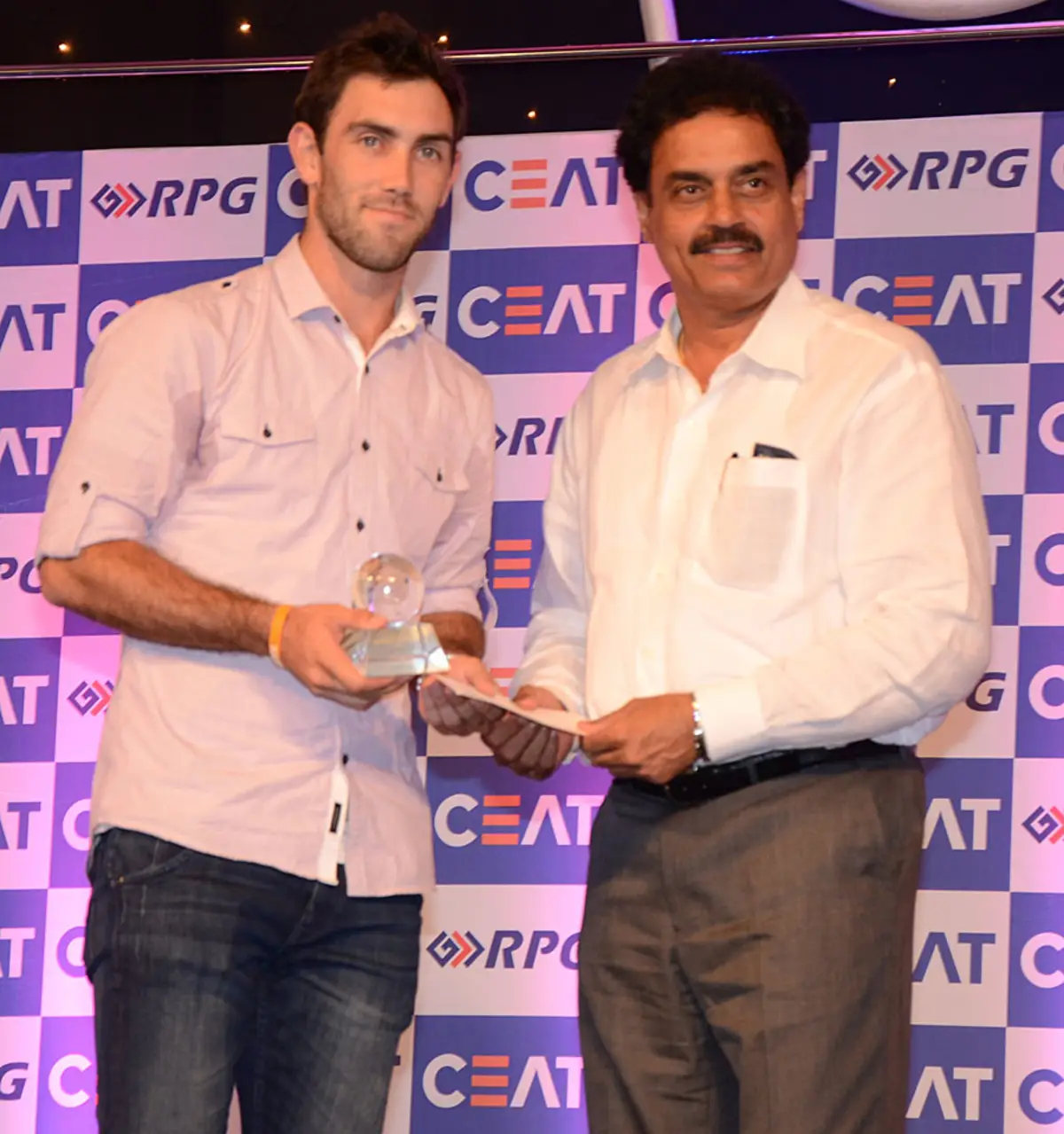
An elegant strokeplayer on the field, and a sensitive, elegant personality off it too, Dilip Vengsarkar had guts galore when it came to facing the world’s formidable bowlers. Incidentally, he was nicknamed “The Colonel” for his organisational skills and military-precision techniques that saw India amass several victories.
Excerpts from the interview:
What inspired you to take up cricket as a career?
I grew up in Hindu Colony, Dadar, Mumbai, where many cricketers used to reside. Two clubs – Shivaji Park Gymkhana and Dadar Union Sporting Club – were the big clubs of Mumbai cricket. I used to go and watch all the matches which the test cricketers used to play for these clubs. It was a big inspiration to watch test cricketers in action. I went to King George School and it had a great team, and we used to participate in inter-school tournaments.
I used to play underarm cricket in Hindu colony and the guys I used to play with were already playing for my school team. They told our coach VS Patil (Vithal Patil) about me. He called me to bat in the nets, and the next thing I knew, I was playing for my school at the age of 11! And then I became captain of my school team. I was also captain of Bombay schools. So that’s how I started my career. There was no money in the game then, so one didn’t think about a career in cricket as such, but since all the test cricketers who played first-class cricket resided in that area, it was a great inspiration for all of us.
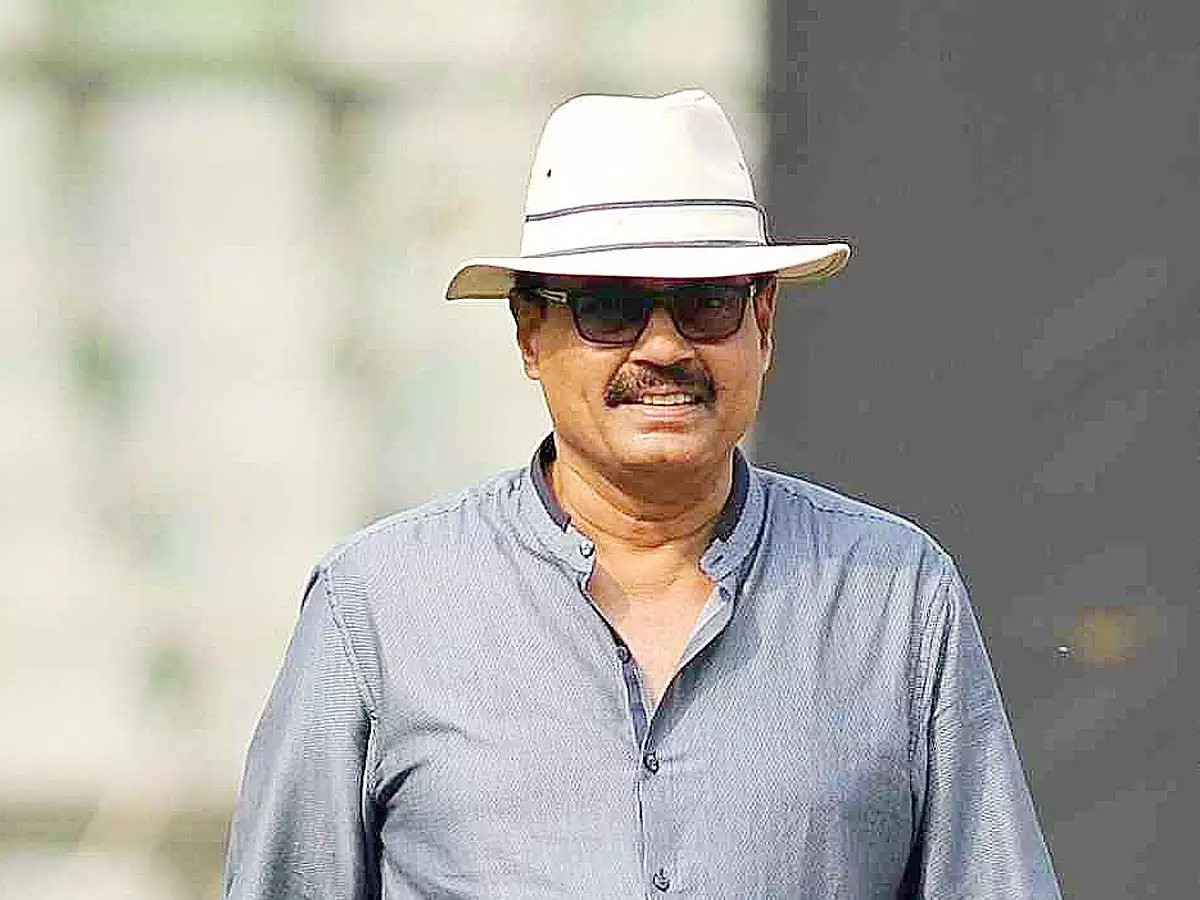
Who were your cricketing idols?
I used to watch a lot of inter-club matches in Mumbai. Ajit Wadekar, I think he was the hero of every Mumbaiite at that time, used to score a lot of runs for his club, and for Mumbai. He was a captain also and did a lot for Mumbai. He was my idol. And, of course, we used to also admire Sunil Gavaskar because he had gone to the West Indies in ‘71 and scored a lot of runs there. So when he came back, he became a big hero for all of us.
What were the key factors that contributed to your success as a batsman?
As a batsman, you have to be consistent at the highest level. And when I played for Dadar Union, because many firstclass test cricketers were playing there, it helped me a lot. It improved my cricket because I was playing with them and I could learn from them. Vasoo Paranjape was our captain, he was my mentor, and he did a lot for me as far as cricket was concerned because he was always there to help me and support me. He was a big inspiration for us. The key factors that contributed to my success were that I was extremely passionate about cricket, and I was very hardworking. Whenever I got the opportunity, I made the most of it. At the highest level, consistency is what matters.
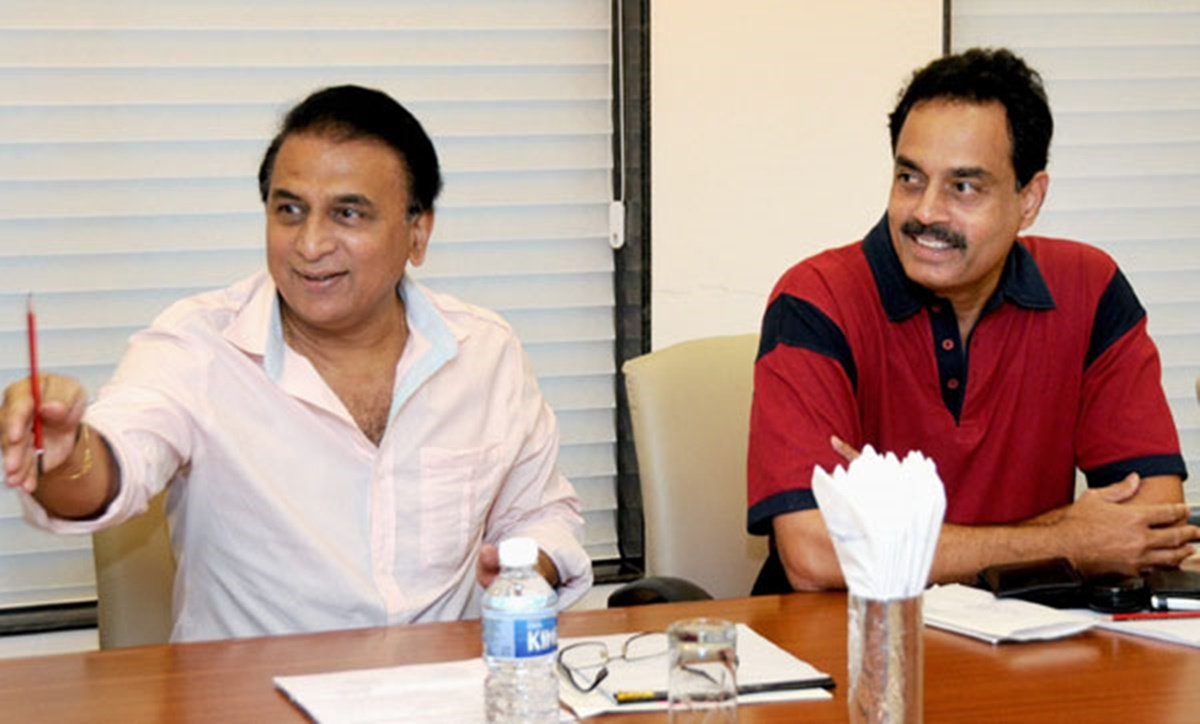
How did you prepare yourself mentally and physically for important matches?
We used to practice every day. And then I used to play matches for Mumbai, my club and my office Tata Sports Club. So I always believed in playing matches, scoring runs and staying in form because form is very important in cricket. For me, every match was important, not only a test match. I was very disciplined. I would never go out at night whenever there was a match the next day, and this really used to keep me absolutely fresh for the match. I was always ready to face any attack and score runs.
With which cricketers did you share a good rapport on the field?
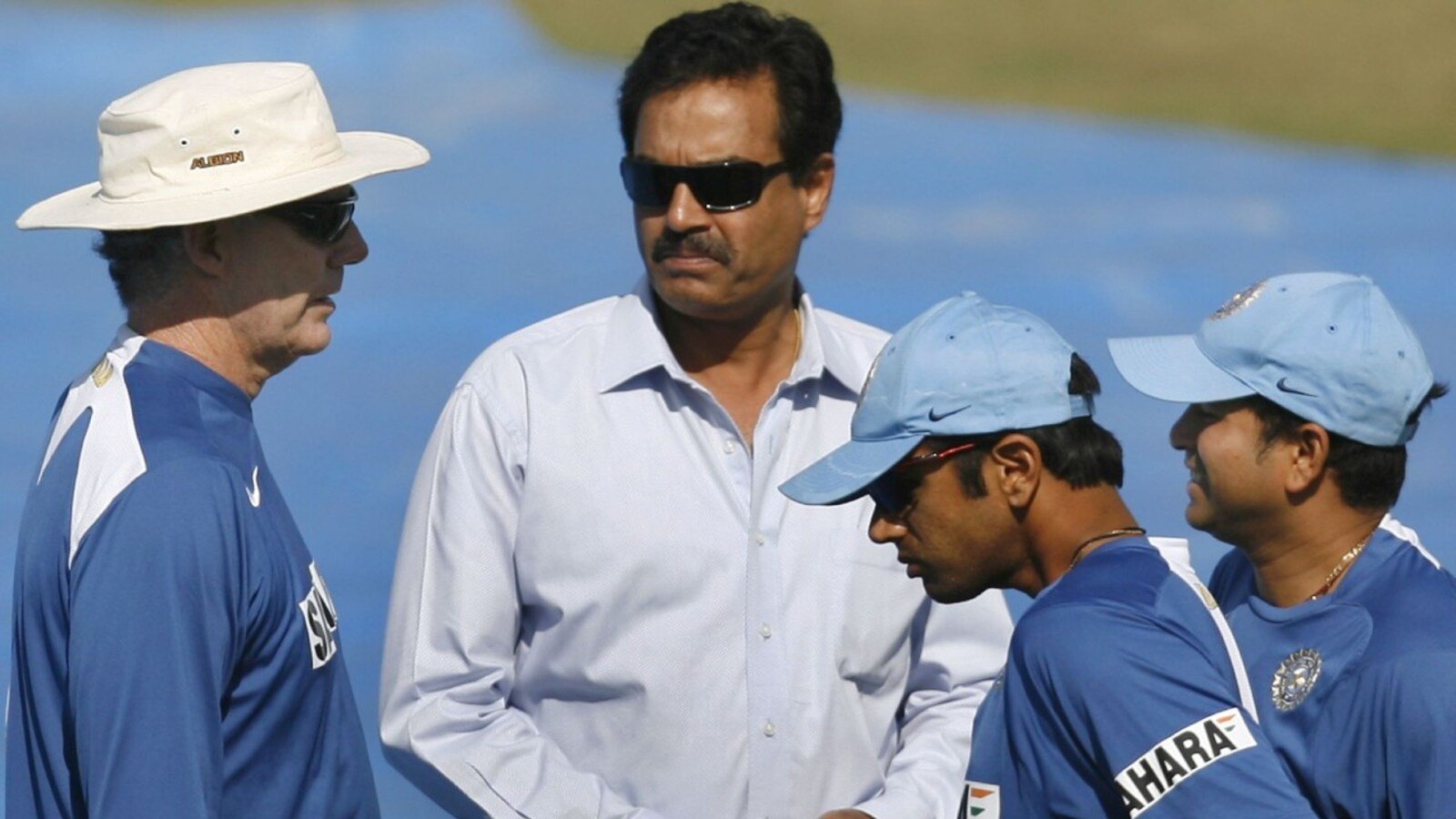
I shared a good rapport with all the cricketers who played with me in my team, whether it was Dadar Union, Tata Sports Club, Mumbai or India. Those days, we shared rooms when travelling and playing. Dilip Doshi, Karsan Ghavri and Chetan Chauhan were my roommates most of the time, and we really had a great time together!
What was your approach to captaining the Indian cricket team, and how did you motivate and lead your players?
Man management is very important for a captain, in terms of how to get the best out of the players. You have to identify the players who could win matches, you have to motivate the youngsters coming into the team. When I was playing, test cricket was most important and in test cricket, you have to plan and strategise before each and every session because just one session can change the complexion of the game.
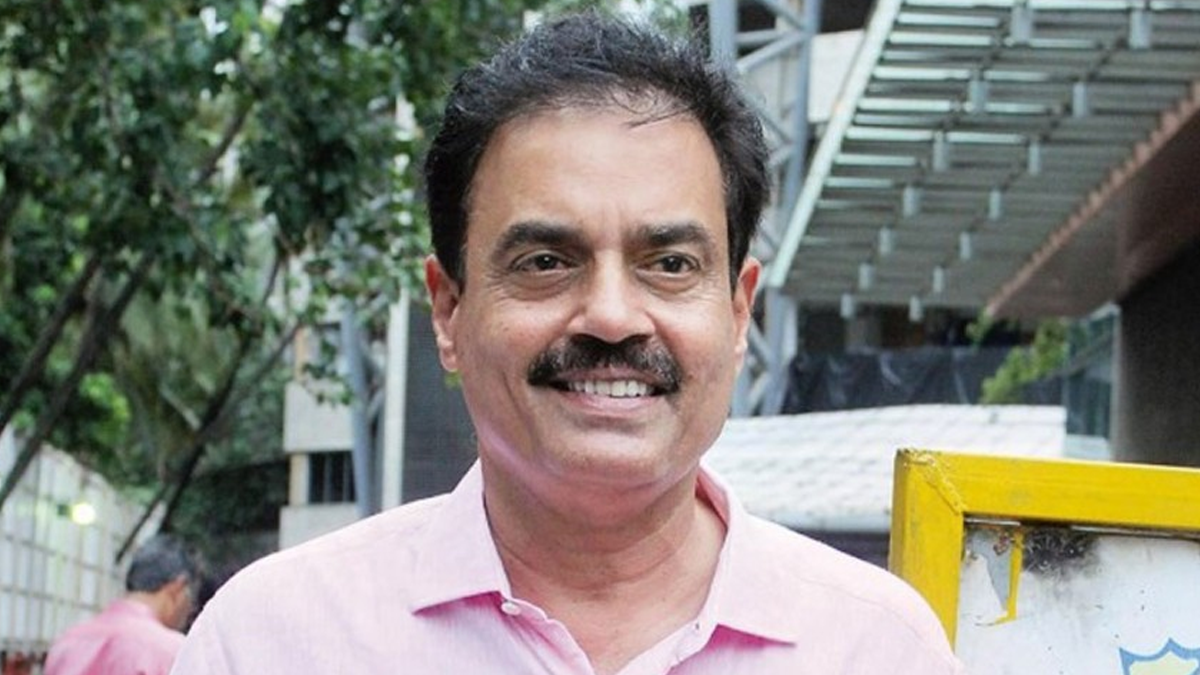
“I’m extremely proud of the fact that I have contributed immensely to the growth of young cricketers of Mumbai and Maharashtra.”
“I was always ready to face any attack and score runs.”
As a selector and cricket administrator, what criteria did you consider when selecting players for the national team?
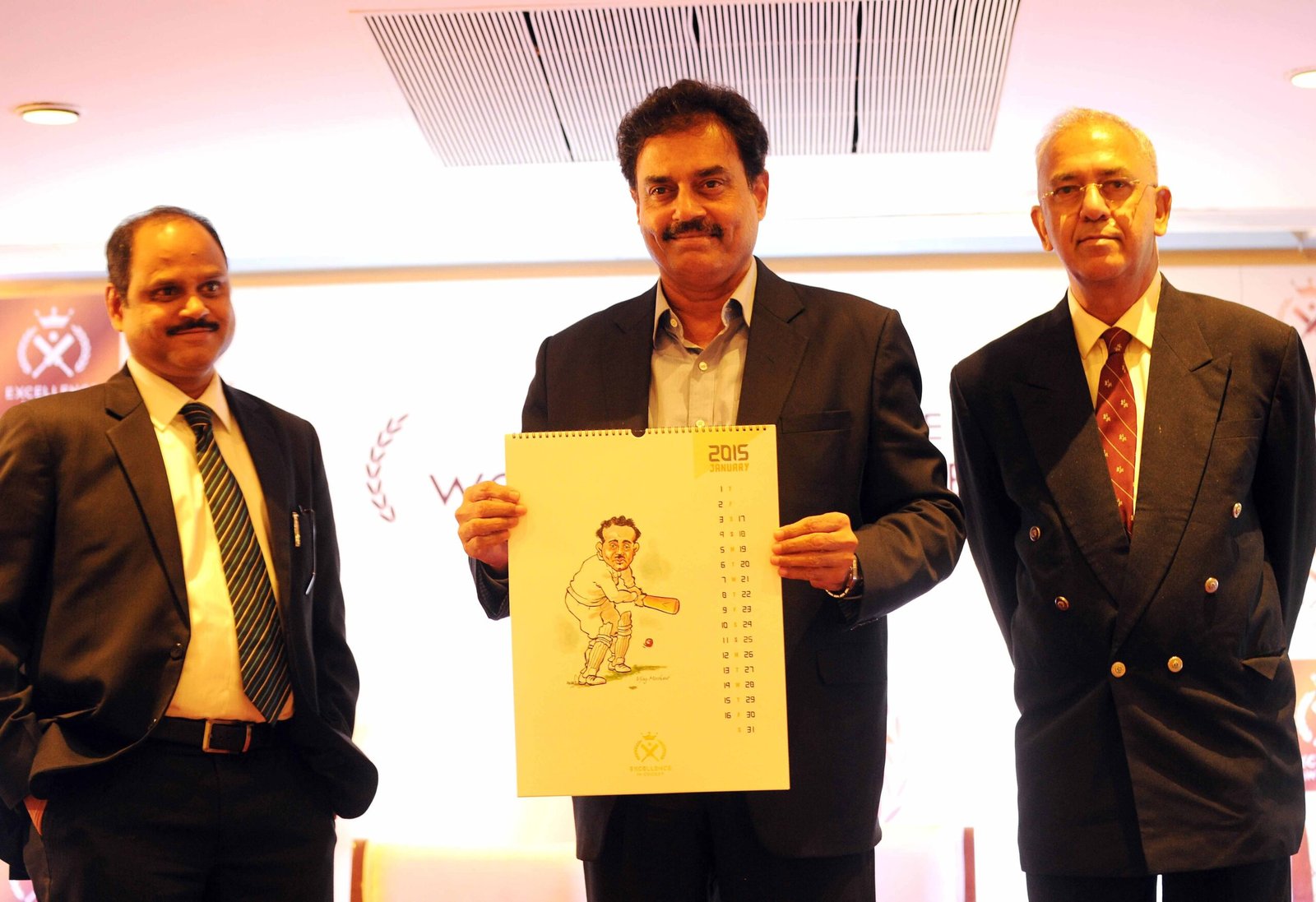
As a selector and cricket administrator, picking the best guy or the best team is important. I think God has given me the talent to pick the right player at the right time. Timing is very important. You should know when a particular player is ready to play international cricket. You should know when to give him an opportunity. He needs the opportunity at the right time to improve himself. He has to raise the bar, raise the game. If he does that, then he plays for a long time. And once you pick a guy, it’s important to give him a long rope and back him up all the time. So that’s what I did. In the two years that I was selector, when I took over, India was fifth in the ICC ranking in test match cricket. And after two years, I brought the team back to the number one position in all formats of the game. In 2007, we won the first T20 tournament in South Africa under MS Dhoni.
How do you assess the current state of Indian cricket and its performance on the international stage?
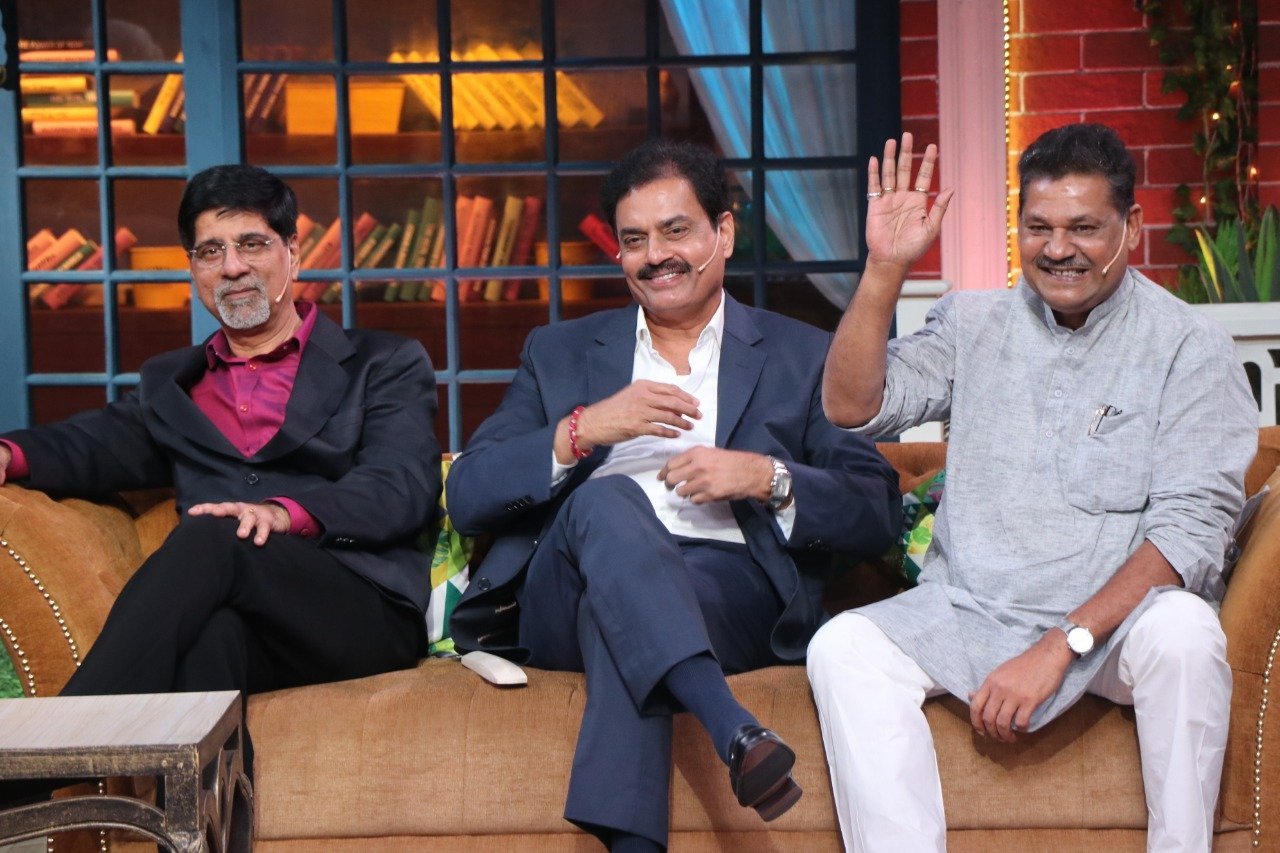
Our team, under Virat Kohli first and later under Rohit Sharma, played outstanding cricket at the international level. I think we have a lot of players playing the game at all levels across the country today because there’s so much money in the game now. The BCCI is doing a fantastic job by giving grants to all the associations that are affiliated with them. In turn, all these associations have built infrastructure, grounds, and stadiums. So even a player from the smallest state can still stay there and play for India. Earlier, when I was playing, players from smaller states moved to big metros to get exposure and experience, but that’s not the case now. There’s excellent infrastructure all over India, thanks to BCCI.
Hence, our team is very good. We have a lot of fast bowlers, which is very important when you tour abroad; we have excellent spinners too. But what we lack is good all-rounders which is very important. Hardik Pandya is an excellent all-rounder, but I think we should have at least two to three more good all-rounders. Our batting looks absolutely solid as ever. So when we play at the World Championship at The Oval from June 7th onwards this year, I’m sure we will do extremely well.
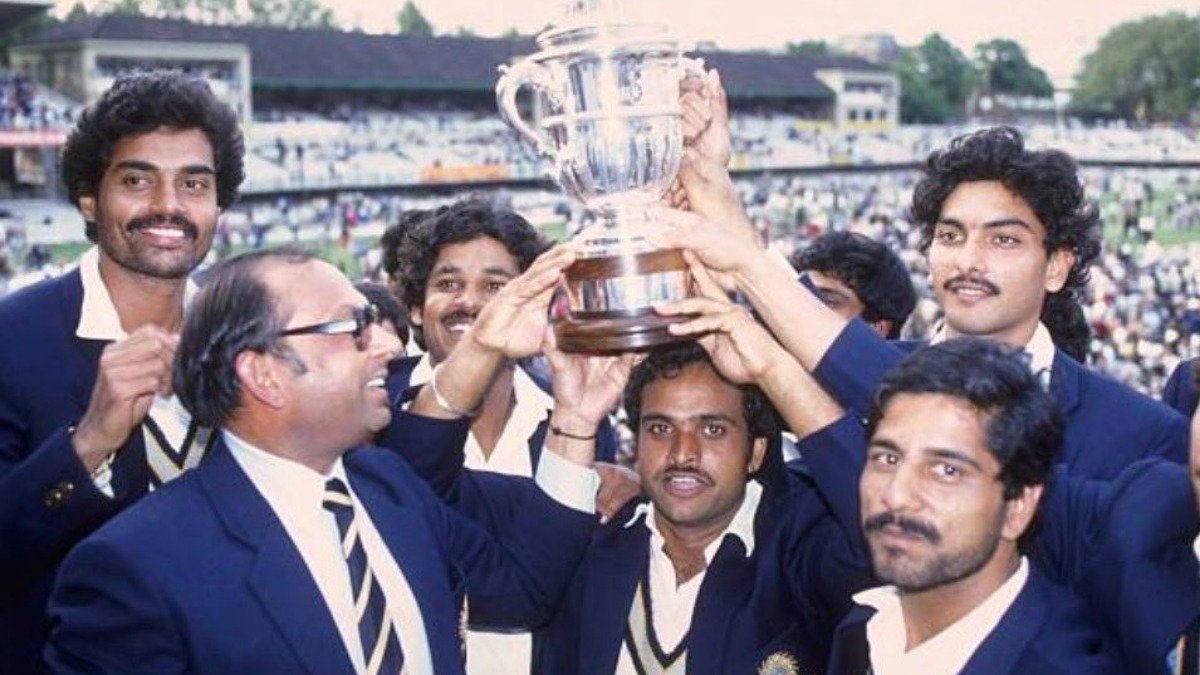
How has the role of data analytics and technology evolved in cricket, and how important do you think it is for players and teams to adapt to these advancements?
I think it’s a good thing. At least you get to know the weak and strong points not only of your own players, but also of the opposition players from all over the world. So you can plan accordingly. Having said that, even after planning, it is very important how you implement the same.
How can cricket boards and associations better support retired cricketers in their transition to post-playing careers?
Well, I think the Indian Cricket Board is the only association or cricket board in the world which is supporting retired cricketers, and this is a fantastic thing! Those cricketers who played in the ‘60s and ‘70s didn’t make much money. But BCCI has started a pension scheme for retired cricketers, and benefit matches for them too. So this has helped the retired cricketers a lot. I hope BCCI does more such things for retired players.
“I played the game with a lot of honesty; sincerity. And I always played to win. I believe that you have to give 100% to the team.”
“I was very disciplined. I would never go out at night whenever there was a match the next day, and this really used to keep me absolutely fresh for the match.”
“At the highest level, consistency is what matters.”
As a respected figure in Indian cricket, what are your goals and aspirations in terms of contributing to the growth and success of the game in the coming years?
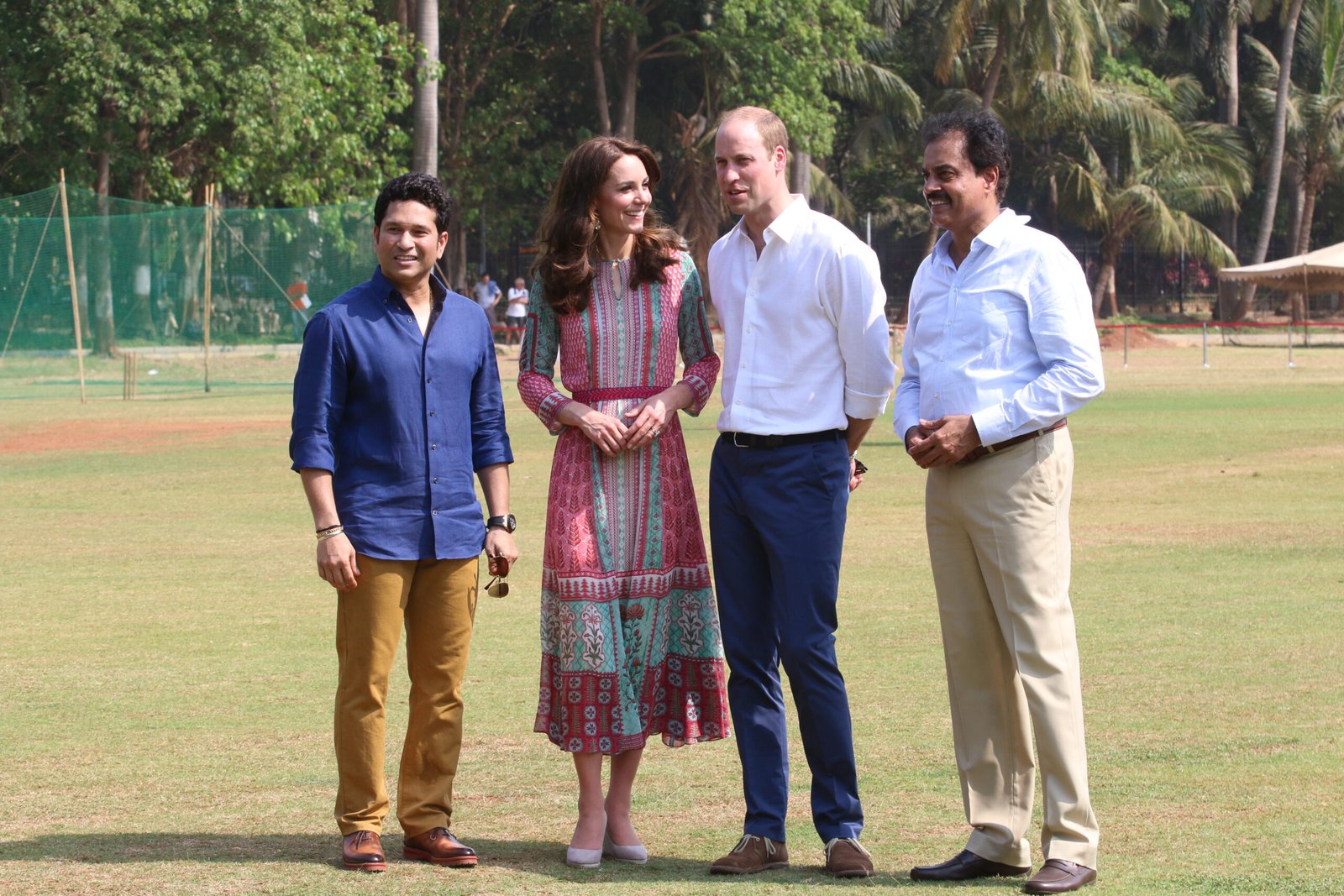
When I retired in 1992, I wanted to give back to the game. I’m extremely happy and proud of the fact that for the last 28 years, I’ve been running three cricket academies in Mumbai and Pune. And thousands of cricketers have got an excellent platform to showcase their talent. Many of them play for Mumbai Under 14, 16, 19, and 23. And many of them play for India Under 19, India Team, India A-Team, and IPL. Many of them also get jobs in banks and corporates because corporates come to our nets and ask for good players and give them jobs as well. This is actually what I have achieved over the years and I’m extremely proud of the fact that I have contributed immensely to the growth of young cricketers of Mumbai and Maharashtra.
What do you consider your legacy in Indian cricket, and how do you want to be remembered?
I played the game with a lot of honesty; sincerity. And I always played to win. I believe that you have to give 100% to the team. Winning matches is what matters. I always tell the boys at my academies that you should be a match-winner. You should not depend only on two-three players in your team. I’m very happy that I gave cricket absolutely 100%.
